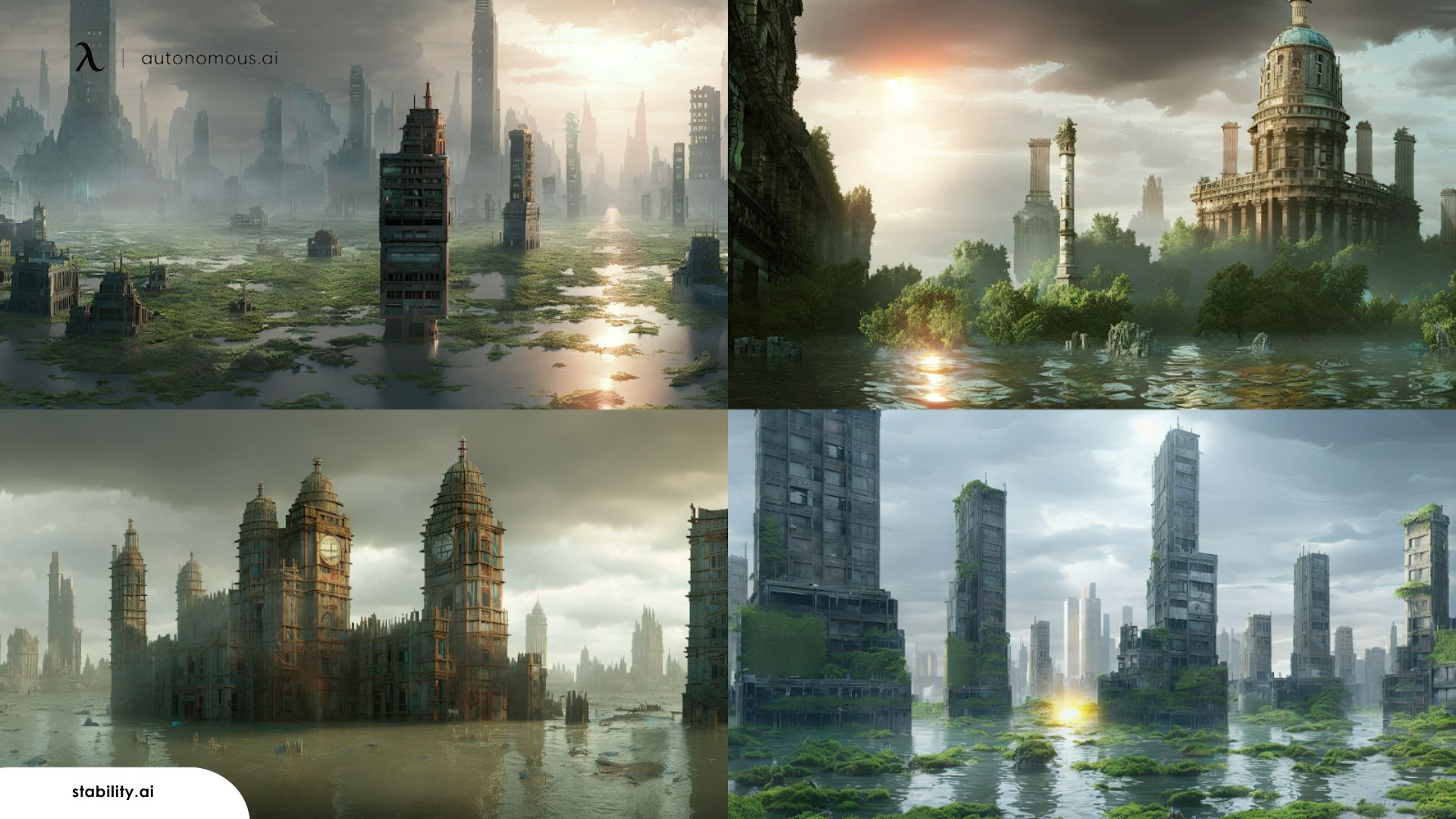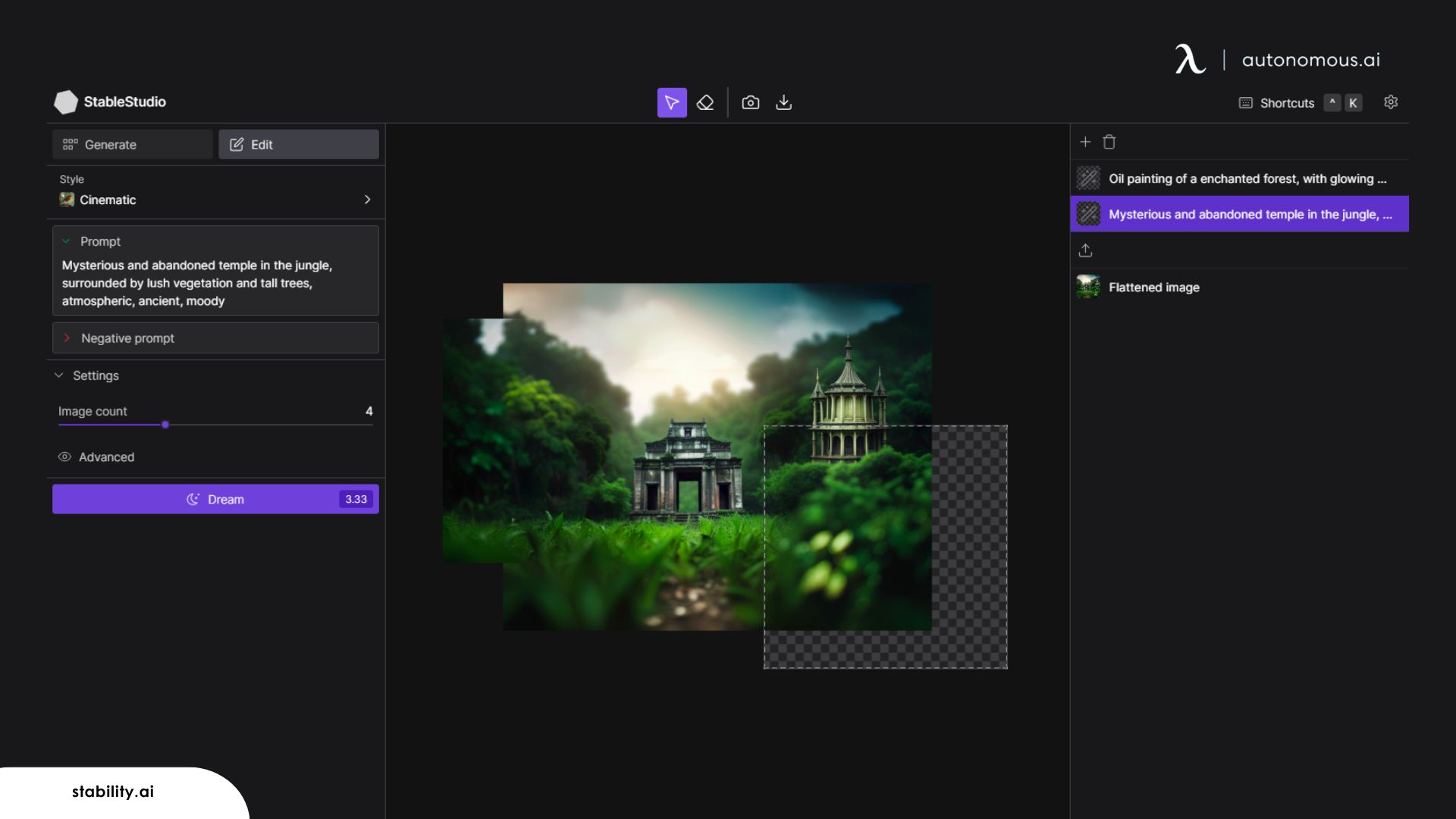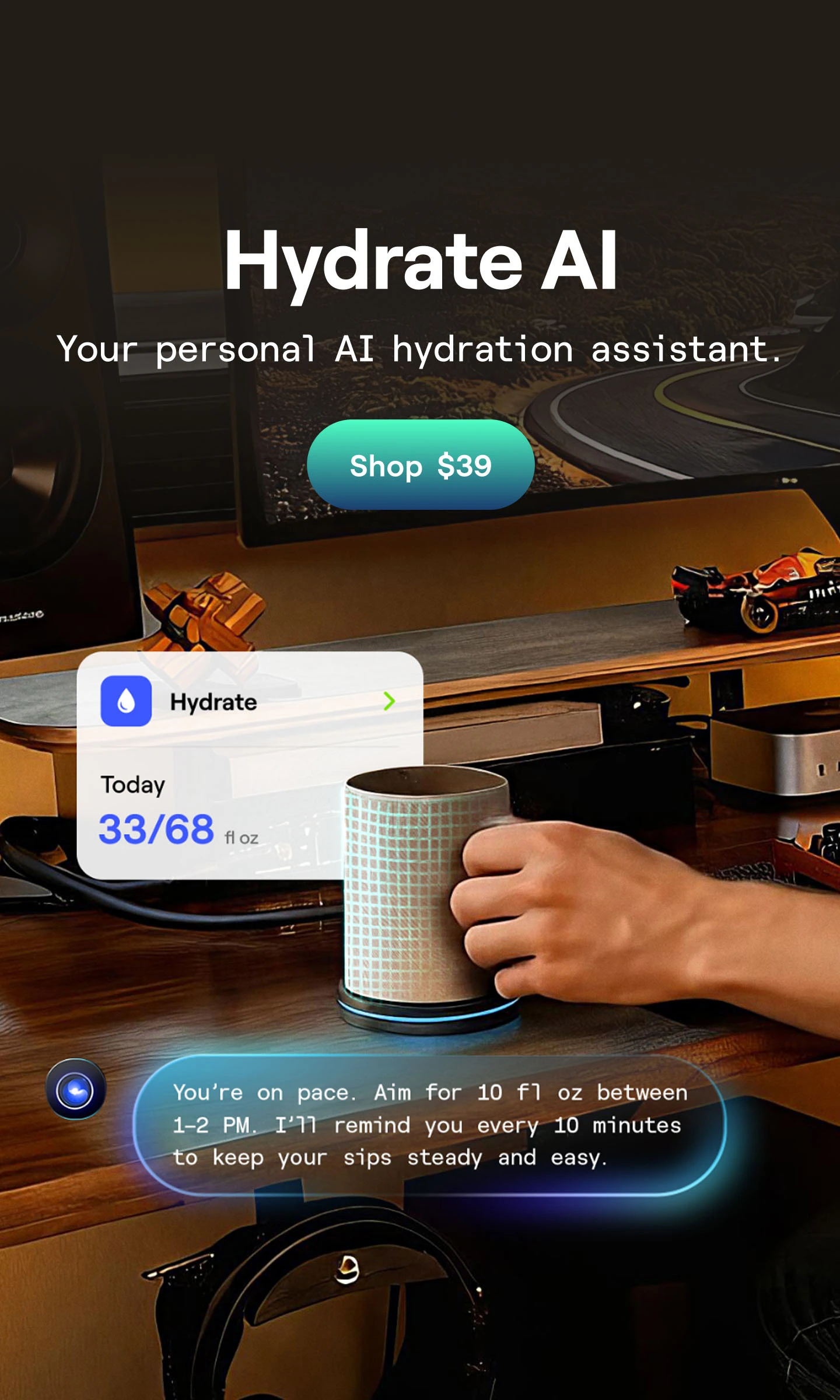
Flux vs. Stable Diffusion: Which is Better for Image Generation?
Table of Contents
Advances in AI-driven image generation have opened new doors for creative professionals, developers, and researchers. Flux and Stable Diffusion are two leading models in this space, each offering unique features and advantages. But which one should you choose? This guide provides a comprehensive comparison of Flux vs. Stable Diffusion, examining their design, functionality, and use cases to help you make an informed decision.
Overview of Flux
Flux is a modern image-generation model gaining attention for its efficiency, speed, and adaptability. Its architecture and innovative approach make it an appealing option for projects requiring rapid output and scalability.
What is It?
Flux is a deep learning model specifically designed for generating high-quality images. Leveraging cutting-edge transformer technology, it delivers remarkable speed and versatility. Flux has found a niche in industries like gaming, advertising, and content creation, where time-sensitive, high-quality visuals are a priority.
Architecture
Flux stands out due to its transformer-based architecture, which emphasizes speed and precision:
- Tokenization: Images are broken into smaller components, or "tokens," which allow the model to focus on details. This process speeds up training and inference, making Flux a highly efficient solution.
- Self-Attention Mechanism: Flux uses attention layers to analyze relationships within the image data, enabling it to produce coherent, visually appealing results.
- Scalability: The model is designed to scale effortlessly, performing well across various tasks, from small-scale experiments to enterprise-level deployments.
Flux’s lightweight architecture is optimized to run efficiently even on mid-range hardware, making it accessible to a broader audience.
Applications
Flux is versatile and serves a wide range of applications:
- Advertising: Generate high-quality promotional images quickly for digital marketing campaigns.
- Gaming: Create realistic textures, characters, and environments for video games.
- Concept Art: Help artists visualize creative ideas with precision and flexibility.
- Social Media Content: Produce engaging visuals for fast-paced social media strategies.
Flux’s ability to deliver quick, polished results makes it a favorite for projects requiring rapid prototyping and delivery.

For more insight:
Overview of Stable Diffusion
Stable Diffusion is a generative AI powerhouse known for its detailed outputs and robust capabilities. Its architecture has made it a benchmark in the image-generation domain, favored for tasks demanding intricate, high-resolution visuals.
What is It?
Stable Diffusion is a denoising diffusion model that generates images by refining noise step-by-step into coherent visuals. This iterative process mimics physical diffusion, offering unparalleled detail and complexity in the final output.
Architecture
Stable Diffusion’s architecture is rooted in denoising diffusion probabilistic models (DDPMs):
- Latent Space Operations: The model compresses image data into a latent space, allowing it to process complex visuals efficiently.
- Iterative Refinement: Starting with random noise, Stable Diffusion applies a series of steps to denoise and refine the image until it achieves a polished result.
- Pretrained Models: With pretrained weights available, users can adapt the model to specific tasks, reducing the time and effort required for customization.
The iterative approach and latent space operations ensure that Stable Diffusion consistently produces highly detailed, photorealistic images.
Applications
Stable Diffusion is widely regarded as the go-to model for high-end creative projects:
- Artistic Creation: Generate digital art, illustrations, and concept designs with intricate details.
- Product Design: Produce photorealistic renders of prototypes and finished products.
- Web Design: Enhance websites with unique, AI-generated visuals.
- Entertainment: Create realistic imagery for movies, animation, and other multimedia projects.
Stable Diffusion’s ability to handle detail-rich tasks makes it indispensable for industries prioritizing quality over speed.

For more insight:
Flux vs. Stable Diffusion Comparison
Flux and Stable Diffusion are among the most advanced models for image generation, each excelling in different aspects. Comparing them involves examining their capabilities in areas like image quality, processing speed, hardware requirements, and overall usability. Below is a comprehensive comparison between Flux vs. Stable Diffusion models to help you make the best choice for your needs.
1. Image Quality
Flux
Flux is known for producing sharp and visually appealing images. It uses transformer-based architecture, which enables it to focus on key featuress of an image, ensuring clean lines and vibrant colors. However, when it comes to extreme detail, Flux may struggle with intricate textures, subtle lighting effects, or nuanced visual elements, particularly in complex scenes or photorealistic outputs.
Stable Diffusion
Stable Diffusion is renowned for its ability to generate highly detailed and realistic images. Thanks to its iterative denoising process, it refines noise into complex visuals, ensuring that even the finest details are captured. Stable Diffusion excels in creating photorealistic textures, natural lighting, and depth, making it a preferred choice for tasks requiring high-end visuals.
Verdict: Stable Diffusion leads in image quality, particularly for projects requiring intricate details and photorealism. Flux, while capable, is better suited for simpler visuals or projects where detail is less critical.

2. Flux vs. Stable Diffusion Speed
Flux
Flux is optimized for speed and efficiency, processing images much faster than Stable Diffusion. Its transformer-based architecture eliminates the need for iterative refinement, allowing it to generate results in fewer steps. This makes it ideal for real-time applications, rapid prototyping, or projects with tight deadlines.
Stable Diffusion
While Stable Diffusion is efficient for its class, its iterative approach inherently takes longer to complete. The denoising process involves multiple refinement steps, which adds to the processing time. For tasks requiring quick outputs, Stable Diffusion may not be the most time-effective option.
Verdict: Flux is the clear winner in speed, making it ideal for time-sensitive workflows or applications requiring real-time image generation.

3. Customization
Flux
Flux offers significant flexibility for users willing to invest time in customization. Its transformer architecture can be fine-tuned to specific use cases, but this often requires a deep understanding of machine learning. While powerful, the customization process can be time-intensive and may not be as beginner-friendly.
Stable Diffusion
Stable Diffusion is more accessible for customization, thanks to its pretrained models and extensive community resources. Tools like Stable Diffusion WebUI simplify the customization process, allowing users to adapt the model to specific needs without requiring advanced technical expertise.
Verdict: Stable Diffusion wins for ease of customization, especially for users seeking quick, tailored solutions without a steep learning curve.
4. Ease of Use
Flux
Flux is designed for efficiency, but its transformer-based setup requires familiarity with its architecture. Users new to AI or image generation may find the learning curve steep, as the available tools and interfaces are less developed than those for Stable Diffusion.
Stable Diffusion
Stable Diffusion shines in accessibility, particularly with tools like Stable Diffusion WebUI, which offer user-friendly interfaces for generating and customizing images. The extensive documentation and tutorials provided by its community further enhance its usability.
Verdict: Stable Diffusion offers a more user-friendly experience, making it a better choice for beginners or users who prefer streamlined workflows.

5. Hardware Requirements
Flux
Flux is lightweight and optimized for mid-range hardware. Its architecture is designed to perform efficiently even on GPUs with limited processing power, making it accessible to users without high-end setups.
Stable Diffusion
Stable Diffusion is more demanding in terms of hardware requirements. It typically requires high-end GPUs to run efficiently, especially when generating high-resolution images or working on complex tasks.
Verdict: Flux wins in hardware efficiency, making it a more practical choice for users with limited computational resources.
6. Scalability
Flux
Flux is inherently scalable, thanks to its transformer architecture. It can handle projects ranging from small-scale experiments to large-scale deployments with minimal adjustments. This scalability makes Flux suitable for businesses or individuals working on projects of varying complexity.
Stable Diffusion
Stable Diffusion, while powerful, is less scalable in its current form. Its resource-intensive nature and iterative process can become bottlenecks for large-scale deployments, particularly if hardware resources are limited.
Verdict: Flux has the edge in scalability, especially for users requiring adaptability across different project sizes.

7. Ecosystem and Community Support
Flux
As a relatively newer model, Flux is still building its ecosystem. While its community is growing, it currently lacks the extensive resources, plugins, and third-party tools available for Stable Diffusion. This can make troubleshooting and finding specialized solutions more challenging.
Stable Diffusion
Stable Diffusion benefits from a large and active community. It has an abundance of plugins, tutorials, forums, and third-party integrations that make it easier to learn, use, and customize. The vibrant ecosystem surrounding Stable Diffusion ensures ongoing innovation and support.
Verdict: Stable Diffusion leads in community support, offering a richer ecosystem for users seeking collaboration, tools, or guidance.
8. Cost of Operation
Flux
Flux is more cost-effective due to its efficiency and ability to run on mid-range hardware. Users can achieve good results without investing heavily in high-end GPUs or cloud resources, making it a budget-friendly option.
Stable Diffusion
Stable Diffusion’s higher hardware requirements translate to increased costs, especially for those needing high-resolution outputs or working on resource-intensive projects. Cloud-based solutions may also incur additional expenses.
Verdict: Flux is the more cost-efficient choice, particularly for smaller teams or individuals with limited budgets.
.webp)
9. Versatility
Flux
Flux is versatile and performs well across a variety of applications, from gaming and advertising to social media content creation. Its speed and efficiency make it suitable for iterative workflows and dynamic projects.
Stable Diffusion
Stable Diffusion excels in tasks requiring creativity and detail, such as artistic creation, product design, and photorealistic rendering. Its versatility shines in high-end projects where quality is paramount.
Verdict: Both models are versatile, but the choice depends on your specific needs. Flux is better for fast-paced, broad applications, while Stable Diffusion is ideal for detail-oriented creative work.
Why Choose One Over the Other?
Selecting between Flux and Stable Diffusion depends on your specific needs, project goals, and available resources.
When to Choose Flux?
- Time-Sensitive Projects: Flux’s speed makes it ideal for projects with tight deadlines.
- Hardware Constraints: If you’re working with mid-range GPUs, Flux is a better option.
- Rapid Prototyping: For workflows requiring quick iterations, Flux excels.
When to Choose Stable Diffusion?
- High-Quality Outputs: Stable Diffusion is the clear choice for detail-oriented and photorealistic projects.
- Ease of Customization: Beginners or those looking for seamless tools like Stable Diffusion WebUI will find it more accessible.
- Creative Flexibility: With extensive pretrained models, Stable Diffusion is ideal for tailored use cases in art, design, and multimedia.
.webp)
FAQs
1. What are the main differences between Flux and Stable Diffusion?
Flux is designed for speed and scalability, while Stable Diffusion focuses on producing highly detailed and photorealistic images through iterative refinement.
2. Which model is better for real-time applications?
Flux is better suited for real-time applications due to its faster processing speeds and lower hardware requirements.
3. Can Flux produce results similar to Stable Diffusion?
While Flux delivers excellent quality, it may fall short of Stable Diffusion’s intricate details and photo realism, making it less ideal for high-end creative projects.
4. Is Stable Diffusion WebUI compatible with Flux?
No, Stable Diffusion WebUI is specifically designed for Stable Diffusion. Flux has its own tools for streamlined use.
5. How does Flux compare to Stable Diffusion 1.5?
Flux is faster than Stable Diffusion 1.5, but the latter excels in detail and customization options, particularly for creative tasks.
Whether you prioritize speed, quality, or ease of use, both Flux and Stable Diffusion are powerful AI tools that cater to different needs. Understanding their strengths will help you select the model that best aligns with your goals, enabling you to create stunning visuals with confidence.
Spread the word

.svg)










